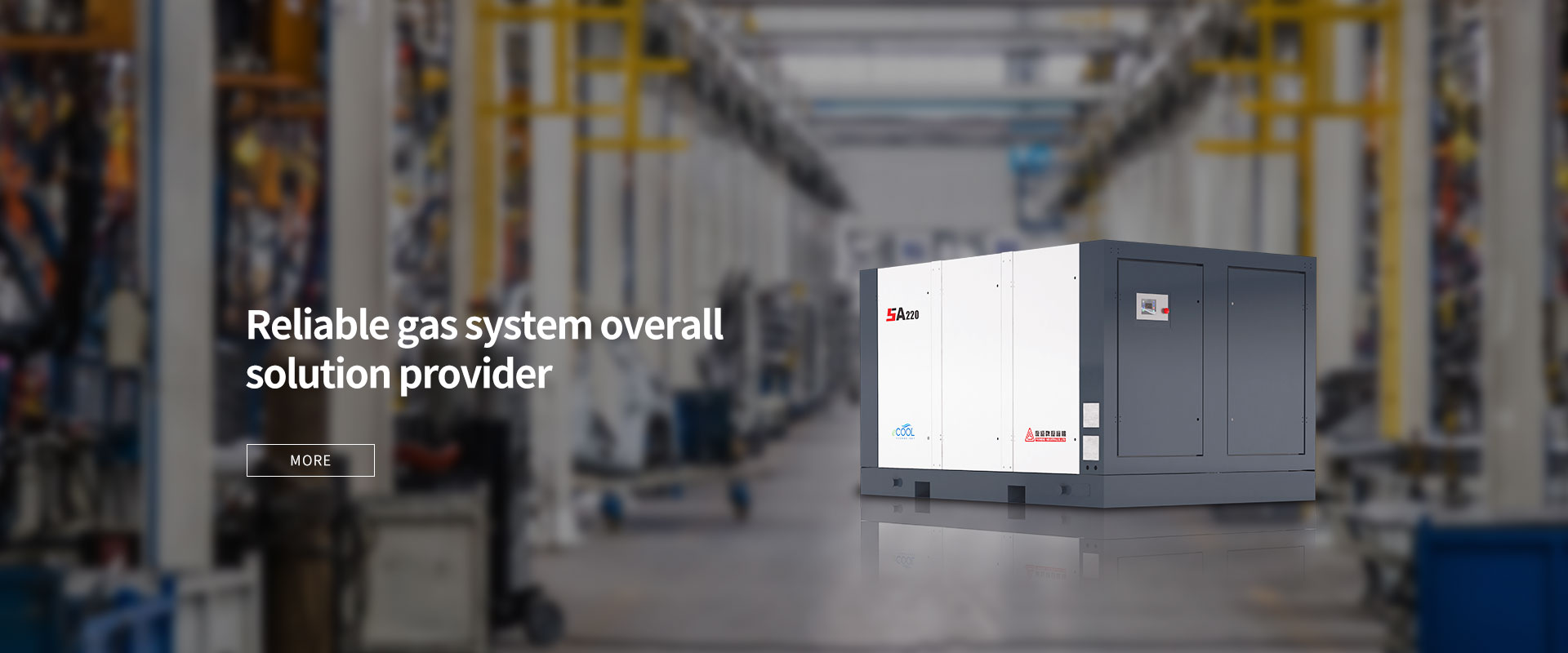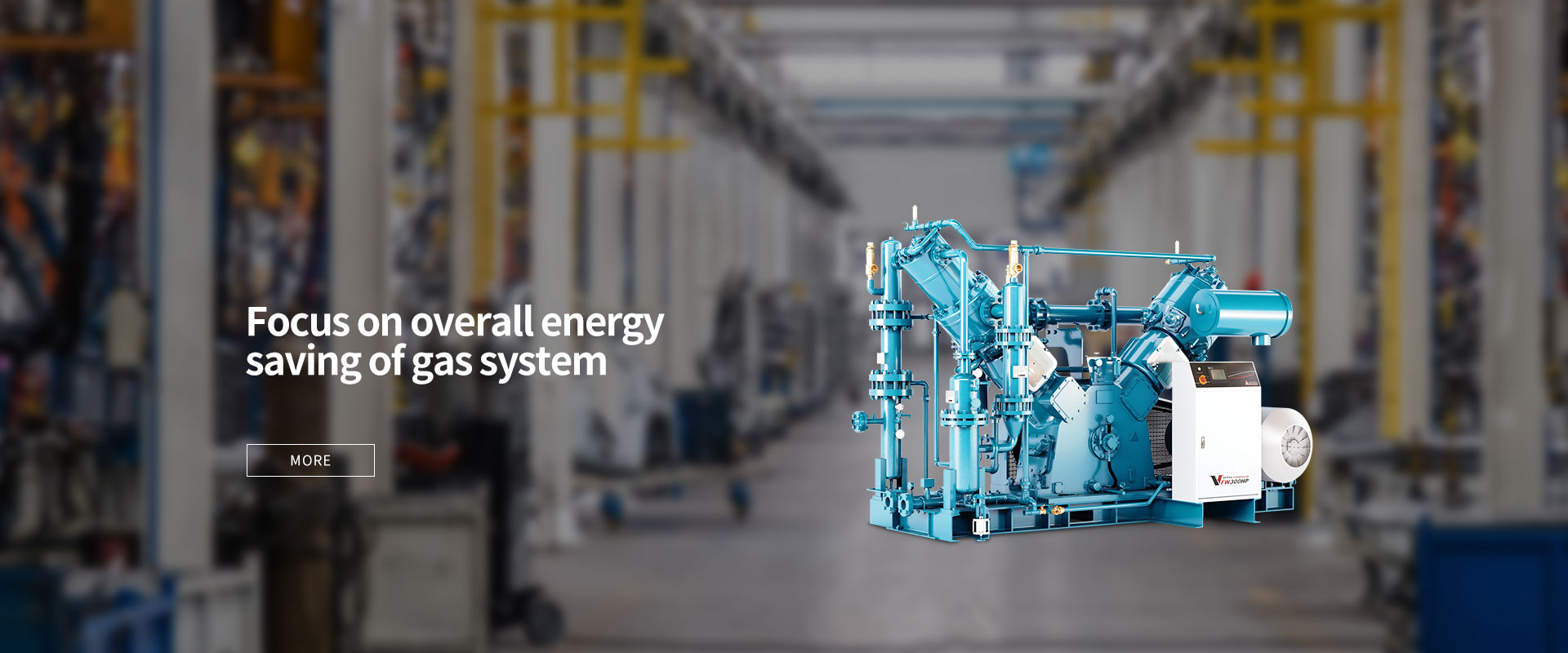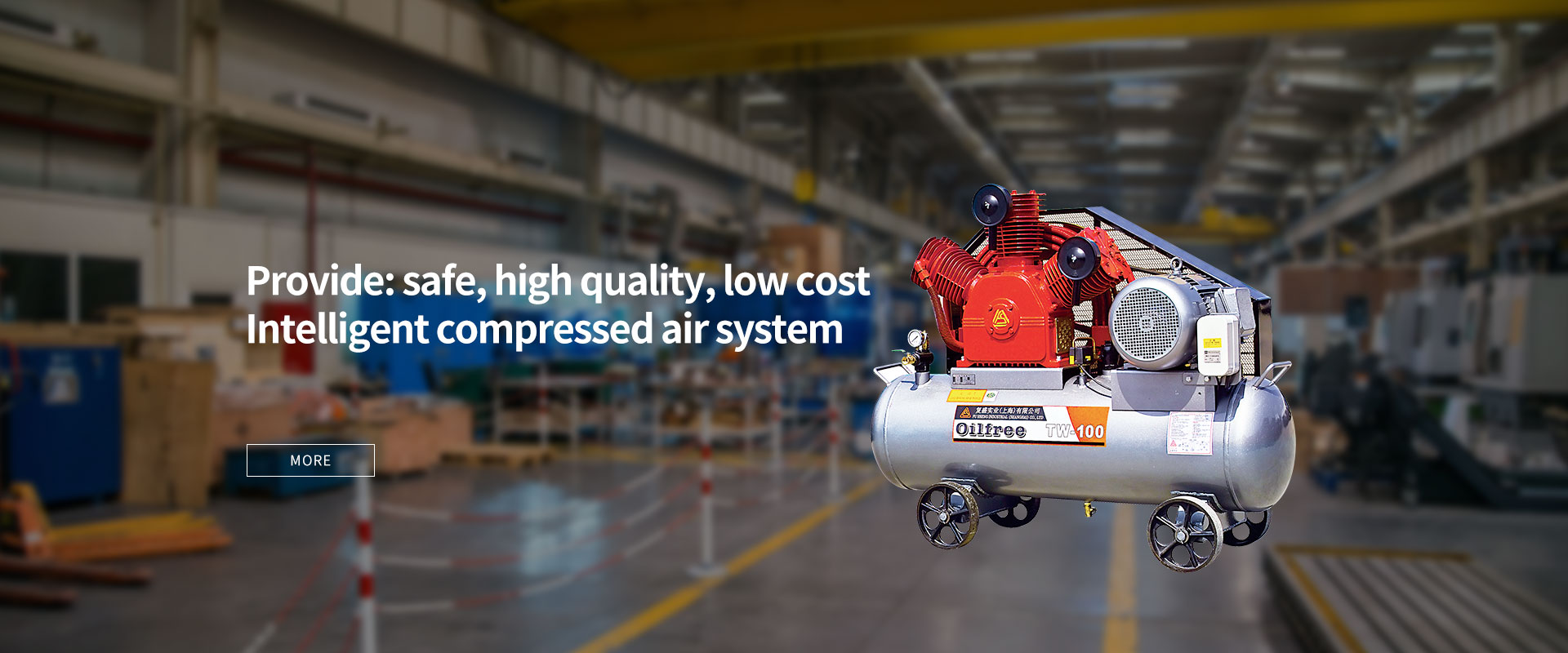The principle is good for the cold dryer to remove water, but the reality is very interesting?
Compared with air compressors, refrigeration dryers are less intuitive in performance. Especially for users, the air compressor exhaust is small and the power consumption is large, which can be felt in the use experience. For the water removal effect of the cold dryer, many factors can become a "reasonable explanation" for the poor water removal.
"The principle of water removal by refrigerated dryers is mature and reliable, but in practical applications, many refrigerated dryers have become "furnishings" that consume electricity in vain, just acting as a "placebo".
Since the main function is to remove water, but in terms of drainage volume, in many cases, there is not as much water as the automatic drainer hanging under the filter. This situation is very common. The reason is that few people who make air compressors really understand and pay attention to the performance of the air dryer.
Compared with air compressors, refrigeration dryers are less intuitive in performance. Especially for users, the air compressor exhaust is small and the power consumption is large, which can be felt in the use experience. For the water removal effect of the cold dryer, many factors can become a "reasonable explanation" for the poor water removal.
The key performance indicator of the refrigerated dryer is only one "dew point temperature", but it is surprising that this index of almost all the refrigerated dryers is 2~10℃. Isn't it strange that a price difference of three or five times is not uncommon?
Even if the upper limit of the pressure dew point temperature of 2~10°C is considered at 10°C, the corresponding atmospheric dew point temperature at 0.7MPa is -16°C. That is to say, there should be no water under the operating conditions of not lower than -16 °C.
However, as everyone knows, -16℃ is really too high to look at? Even if there is no water at 16°C above zero, few products can reach it. Otherwise, how can there be water in the compressed air in this sauna day?
The cold dryer removes water, in fact, the "moisture" is some cold dryers themselves.
Even though it is believed that some refrigeration dryer compressors can reach the nominal condensing temperature, that is not equal to the "dew point temperature", which is one of them. The second is that this does not mean that the water is drained out, the water is condensed or taken away along the pipeline. What is the point of going through such a scene? ?
Therefore, the drainage efficiency of the condensed water is the most important parameter for now.
The next content of this article is to explain how the condensation temperature of the refrigerated dryer is regarded as the "dew point temperature", and whether it is reasonable or not is entirely up to the reader's judgment. "
The above content is a temporary comment after the following is written, the author's personal opinion, criticism is welcome!
The dew point temperature refers to the temperature at which the air is cooled to saturation under the condition that the water vapor content and air pressure do not change, that is, the temperature at which the water vapor in the compressed air cools and becomes dewdrops.
When the air is saturated with water vapor, the air temperature is the same as the dew point;
When the water vapor is not saturated, the air temperature must be higher than the dew point temperature.
Therefore, the difference between the dew point and the air temperature can indicate the degree of saturation of the water vapor in the air. At 100% relative humidity, the humidity of the surrounding environment is the dew point.
The lower the dew point is than the ambient temperature, the less likely it will condense, which also means the drier the air.
Dew point is not affected by temperature, but by pressure.
When moist air is compressed, the water vapor density increases and the temperature also rises. When the compressed air cools, the relative humidity increases. When the temperature continues to drop to 100% relative humidity, water droplets begin to precipitate from the compressed air. The temperature at this time is the "pressure dew point" of the compressed air.
The corresponding relationship between the pressure dew point and the atmospheric dew point is related to the "compression ratio". As shown in the figure, when the "pressure dew point" is the same, the larger the "compression ratio", the lower the corresponding atmospheric pressure dew point.
There are many measuring instruments, such as "mirror dew point meter" using nitrogen, ether, etc. as cold source, and "electrolytic hygrometer" using phosphorus pentoxide, potassium chloride, etc. as electrolyte. Gas dew point meters are commonly used in industry to measure the dew point of compressed air.
The dew point meter has high operation requirements for measuring the dew point of compressed air, especially when the water content of the measured air is low, the operation must be very careful and patient, the gas sampling equipment and connecting pipelines must be dry (at least dry than the measured gas), and the pipes must be dry. The road connection should be completely sealed, the gas flow rate should be selected according to the regulations, and a long enough pretreatment time is required. A little carelessness will bring great errors.
The measurement sampling point of the "pressure dew point" of the compressed air should be placed in the exhaust pipe of the refrigerated dryer, and the sample gas should not contain liquid water droplets. The dew points measured at other sampling points have errors.
It is very cumbersome to directly measure the dew point meter in the industrial field. Therefore, in the occasions where the requirements are not very strict, a thermometer is often used to approximate the "pressure dew point" of the compressed air.
The theoretical basis for measuring the "dew point temperature" of compressed air with a thermometer is that in the evaporator, the compressed air is forced to cool, and the low temperature that the compressed air can reach is similar to the evaporator temperature.
However, it should be noted that the measured refrigerant evaporation temperature is lower than the actual "pressure dew point" of the compressed air. This is because:
① In the evaporator with effective heat exchange area, there is a non-negligible temperature difference between the evaporating temperature of the compressed air and the refrigerant in the heat exchange (sometimes up to 4~6%); the temperature that the compressed air can cool is always higher than the evaporating temperature of the refrigerant .
② The separation efficiency of the "air-water separator" between the evaporator and the pre-cooler cannot reach 100%, and there will always be a part of the inexhaustible small water droplets that enter the pre-cooler with the air flow, and "secondary evaporation" there. "Reduced to water vapor, the water content of the compressed air increases and the dew point rises.
Therefore, when measuring the "pressure dew point" of compressed air by this method, the temperature measuring point should be selected at the end of the evaporator of the refrigerated dryer or in the "gas-water separator". Because the compressed air temperature at this measuring point is low.
Many refrigeration dryers generally use this method to measure the "dew point temperature" of the product gas, and some refrigeration dryers equipped with a dew point meter basically use this method.

Official account QR code
Disclaimer: Some materials come from the Internet, if there is any infringement, please inform us to delete!
















